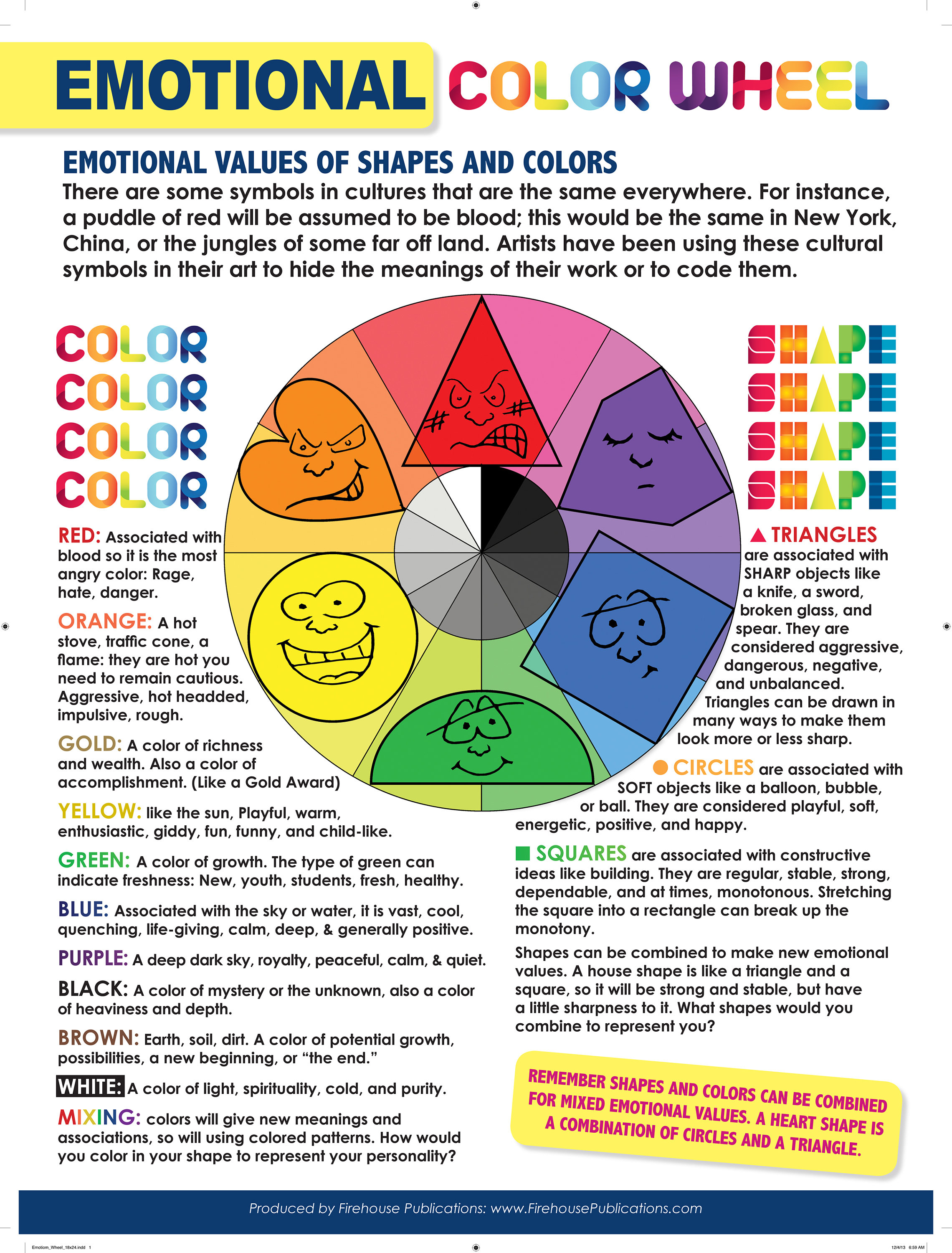
The colour palette is chosen in a way that complimentary colors show opposite emotions. The circle sectors are placed in a manner that similar emotions are placed together and opposite emotions are shown 180° to each other. Relation between emotions : The 8 primary emotions are placed in circle sectors.The eight basic emotions are: joy, trust, fear, surprise, sadness, disgust, anger, and anticipation. Further, he conceptualized that these emotions can have different intensities and are placed in a manner that they have opposites (ex: sadness vs joy). Plutchik identified 8 basic emotions and noted that all other emotions are combinations of these. For instance, shame would make the person avoid acting in a certain manner again and again. Further, in human society, certain emotions may help in social regulation. For instance, fear could help in making an animal withdraw from a threatening situation. This theory considered that emotions helped in survival of a species and are like feedback to the environmental changes happening around an organism. Developed in the 1980s by Robert Plutchik, this model is based on the theory of emotions by Plutchik. Plutchik’s Wheel of Emotion is a model of emotions that shows how different feelings are related to each other. This article explores one such tool called the Plutchik’s wheel of emotion.

Psychologists often help people identify their emotions using tools and techniques. At times, multiple emotions can occur together and it can be difficult to identify what one is going through. They change rapidly and affect an individual greatly. Human beings experience a range of emotions in a day.


 0 kommentar(er)
0 kommentar(er)
